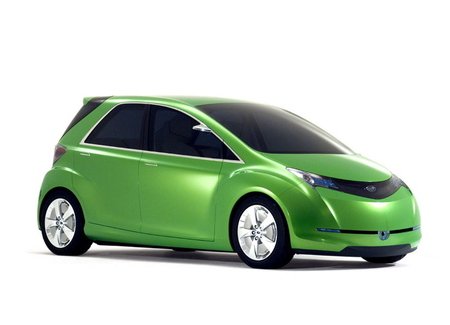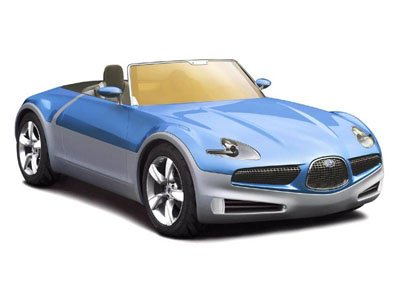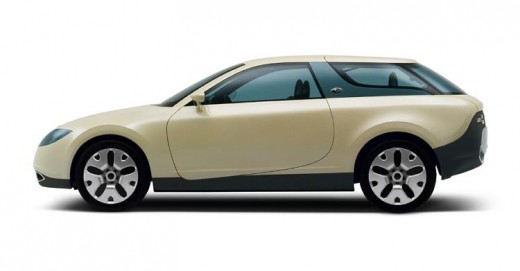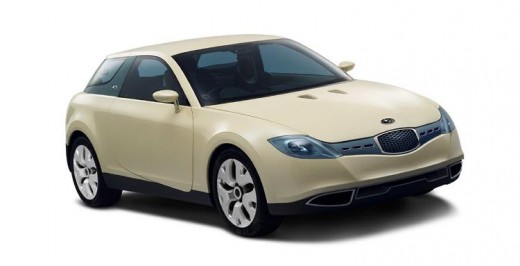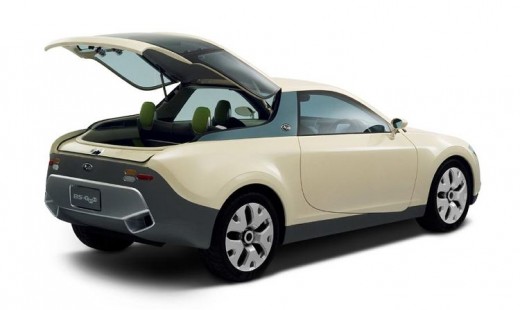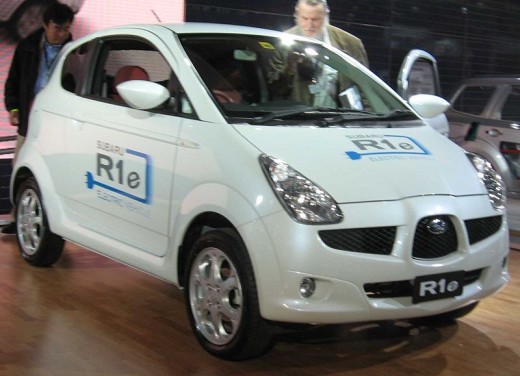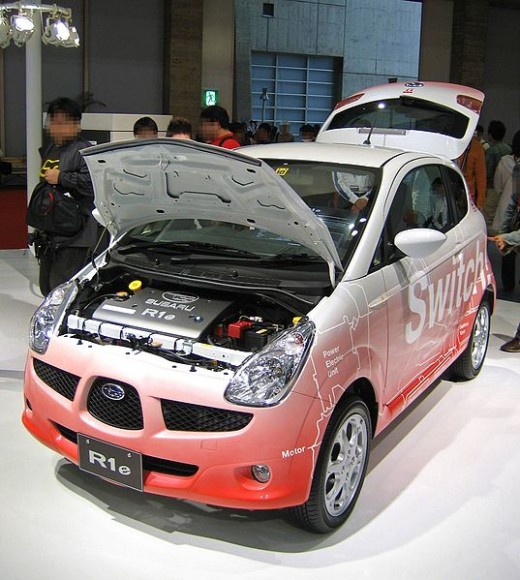Future Car - Subaru
About Subaru
Subaru is the western spelling for the Japanese word for "Pleiades." This is readily apparent looking at the Subaru logo/badge. Subaru is a division of Fuji Heavy Industries (FHI) and the word Subaru itself means "to govern", "unite" or "gather together". Of the stars in the logo the largest represents FHI and the other five the companies FHI controls, including Subaru.
Of all the Japanese companies out there, Subaru is the most forthcoming and open about it's future plans for automobiles. In fact, it's almost astounding how many models, technologies, and concepts they are working and letting the press know about.
Currently, Toyota Motor Company owns a sixteen point five (16.5%) stake in FHI, which means that Toyota is using Subaru as a test bed for some of the advances that may make their way into the Toyota line. Toyota is also developing a line of rear wheel drive cars that are based on the Subaru Impreza platform.
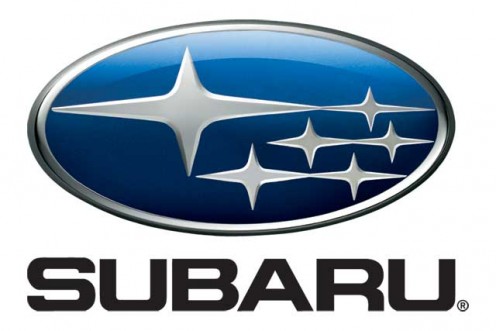
Subaru Boxer Deisel
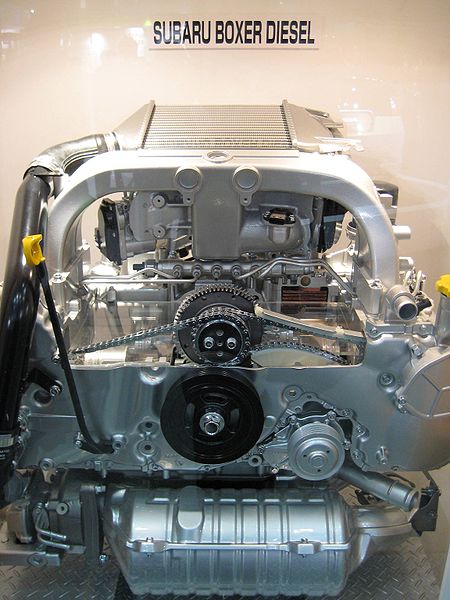
Current Subaru Technology
Unlike the other brands mentioned in the other six hubs, I'm covering current Subaru technology because it is so different than other car manufacturer technology.
Boxer Engine*: Subaru is currently one of the few manufacturers to use this engine layout. Where most internal combustion engines have the pistons and cylinders moving straight up and down, or in a "V" configuration, the boxer has the piston and cylinder arrangement at 180º angle to each other. Subaru currently manufactures a four (4) cylinder and six (6) cylinder version of this engine.
Advantages are that the engine configuration takes up less room (since it's essentially flat) and weighs less for the same amount of horsepower produced by an in-line or "V" configuration engine. Because the engine has a much more "slender" profile it can be mounted lower in the vehicle. This, in turn, lowers the center of gravity, saves much needed space in the engine compartment, and reduces the number of moving parts in the engine itself.
Subaru has advanced this engine design by introducing a turbocharged diesel version in 2007. This engine is a two (2) liter displacement producing one-hundred ten (110) kiloWatts or one-hundred forty-eight (148) horsepower with torque of two hundred sixty (260) foot-pounds.
This diesel is currently offered only in the Legacy sedan and Outback wagon in the European Union.
* The boxer configuration was invented by Karl Benz in 1896. Because the boxer design has a natural balance (since pairs of pistons are directly opposite each other) there is no need for counter balancing on the crank shaft or the addition of a crank-shaft damper. This reduces engine weight significantly. Boxer engines have been used by BMW (motorcycles), VW (early beetle), Citroën (2CV), Lancia (Flavia), Chevrolet (Corvair), Porshe (911), and Honda (Goldwing motorcycle).
Symmetrical All Wheel Drive: Currently, all Subaru vehicles sold in the United States feature full-time all wheel drive. The engineers at Subaru have managed to create this all-wheel drive system at minimal weight and horsepower cost by keeping the size of the "power take-off" differential to a very small size (and weight) and utilizing a novel approach to routing power from the engine to all four wheels.
Electric: In June 2006 Subaru marketed the Stella all electric vehicle in Japan. It features a Lithium Ion battery pack and has a range of fifty-six (56) miles. In Japan these are known as kei-cars. The experience gained with these vehicles will certainly be put in to practice in future vehicles around the world.
Environment: The company has instituted advanced environmental policies which include recycling and educating their employees.
The Lafayette, Indiana plant was the first auto assembly plant to achieve zero landfill status. Nothing from this plant ends up in a landfill. Subaru also developed a recycling plan for their cars at end of service life.
Most new vehicles use aluminium throughout, including in the engine, transmission, and suspension. These [arts can be recycled when the vehicle is no longer serviceable.
The recycling of aluminum takes seven (7%) percent of the energy required to produce billet aluminum from the raw mined ore.





Future Subaru Technology
Turbo Parallel Hybrid (TPH):The following technologies make up this hybrid design.
Motor/Generator: A thin electric motor/generator is placed between the engine and torque converter
of the transmission. By placing the motor here it is directly in-line with the drive shaft and, for this reason, is a much more efficient and space saving design. This, in turn, saves both space in the engine compartment and reduces weight.
Magnesium Lithium-ion batteries: These battery packs deliver instantaneous high-power, takes a quick recharge (ninety percent [90%] of charge in five minutes), and integrate built-in cooling to both extend the life of the battery and enhance it's safe operating temperature. As the battery cells are flat (not cylindrical) placement in the vehicle can be much more flexible.
Vanadium Lithium-ion batteries: These battery packs deliver
instantaneous high-power, takes a quick recharge (eighty percent [80%]
of charge in fifteen minutes). Vanadium can be used with or without Lithium. Batteries with Vanadium increase the life of the battery, can be left completely uncharged for extended periods of time without damage, and allow the batteries to be charged as they are in use. e.g. vanadium batteries can be simultaneously discharged and charged.
Capacitor Technology: Subaru is exploring utilizing electrical storage via lithium-ion capacitors instead of batteries. Since capacitors are lighter in weight and are not subject to the corrosive effects of acids (there are none) they should last considerably longer than a battery with the same storage capacity. This technology is currently under development.


Subaru R1E
The Subaru R1e is a battery-electric prototype minicar. The car is the joint developed of Tokyo Electric Power, the giant Japanese utility company and Subaru. There are ten (10) prototypes built which are undergoing active street testing by TEP. TEP plans to field three thousand of these vehicles by 2009. The R1e has a range of 50 miles (80 km) and a top speed of 62 mph (100 km/h).
This is a two door, two seater based upon the Subaru R1 gas vehicle. Due to the incorporation of laminated lithium-ion batteries this vehicle has received keen interest from electric vehicle proponents.
The battery pack can achieve eighty (80%) percent of charge in as little as eight minutes using a special rapid charger or one hundred (100%) percent recharge in eight (8) hours. using a standard house-hold plug. NEC, the battery manufacturer, expects the batteries to last for ten (10) years or 144,000 miles (240,000 km). Tokyo Electric Power has also promised to support the vehicle with one hundred fifty (150) fast charging stations.
Future Car Series
- The Future of the Car
The car of tomorrow promises to be radically different than what we are driving today. Pardon the Science Fiction wording please.There are many reasons for these advances; Computing and programming A... - Future Car - Chevrolet Volt
The Chevrolet Volt is a range extended electric that can be plugged into a standard wall outlet (120V). The vehicle to be produced by the General Motors Chevrolet division. It is expected to be launched as a... - Future Car - Chrysler EV Series
EV stands for Electric Vehicle. Much to everyone's surprise Chrysler recently unveiled an all electric vehicle called the Dodge Circuit EV. The Circuit will be an all electric sports car vaguely reminiscent... - Future Car - Ford's Hydrogen I.C.E.
I.C.E. stands for Internal Combustion Engine. Ford is currently looking at creating a car that will bridge the gap between gasoline power and the very likely future fuel; hydrogen. The I.C.E. burns hydrogen... - Future Car - The Problems with Hydrogen
Hydrogen is the lightest element in the periodic table and the first listed. It is a colorless, tasteless, odorless, non-metalic gas that is highly flammable. Hydrogen can be ignited in an air (or oxygen)... - Future Car - Toyota / Honda
Sorry to join these two models in one hub, but neither company (Toyota or Honda) has a lot to say about the new models. Toyota in particular won't say anything about the upcoming Prius, but rumors abound. ... - Future Car - Peugeot / Citroën
Peugeot and Citroën is now known as Peugeot Citroën. The companies are now combined though each is marketing and selling it's own particular models. If Citroën continues as a viable company remains to be... - Future Car - Opel
Opel, in coopreation with General Motors, has introduced the Ampera (or is it Flextreme?) as a diesel plug-in series hybrid concept car. It can travel thirty-four (34 mi) miles on its lithium-ion battery... - Future Car - Aptera
According to Paul Wilbur, Chief Executive Officer of Aptera Motors, Aptera is Greek for - Future Car - Tesla
Tesla1 Motors was founded in 2003 by Martin Eberhard, Marc Tarpenning and Ian Wright in an attempt to build upon and market an all electric car based on the TZero AC propulsion car. The propulsion system, in...

